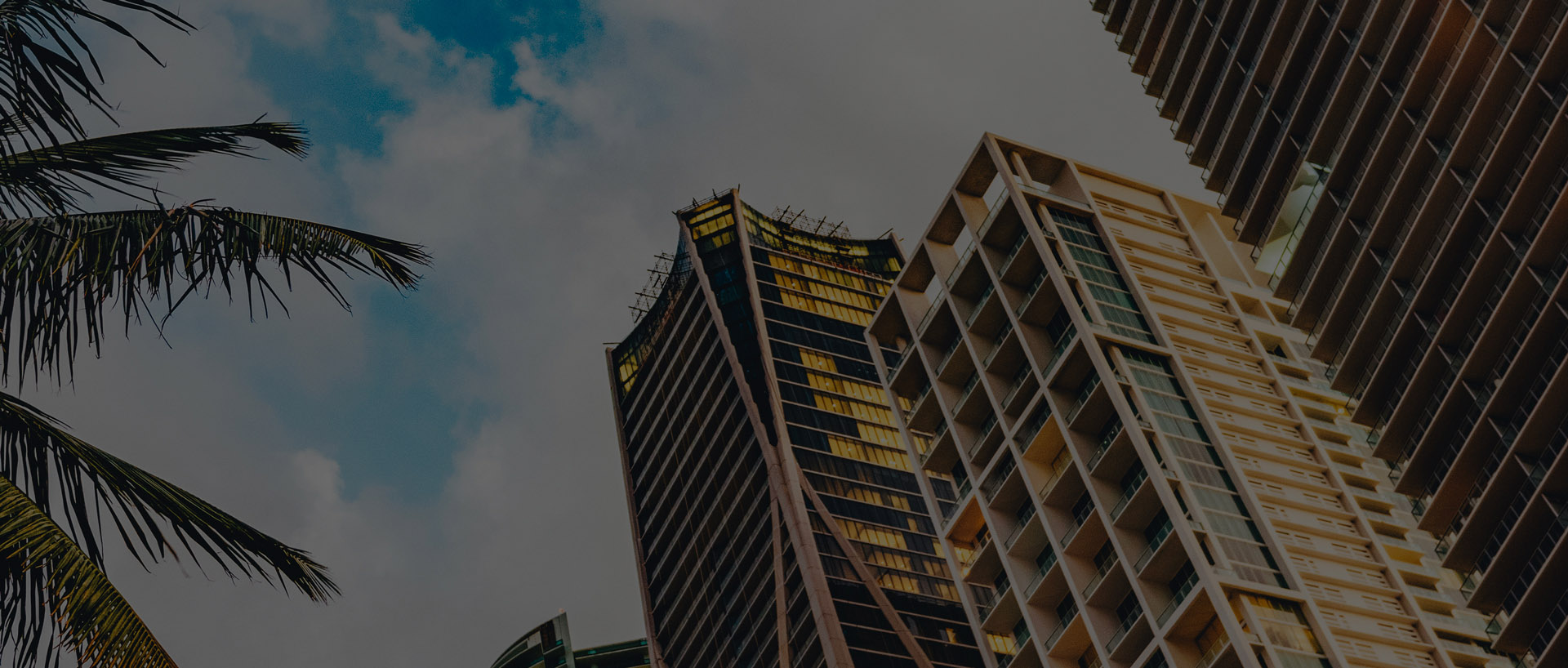What Are the 5 Categories of Hurricanes?
November 26, 2024 | Sagi Shaked | Personal Injury

Florida is located in the middle of “hurricane alley.” In almost any hurricane season, it is likely to be hit by at least one storm and often gets hit by multiple every year. This means that Florida residents need to understand hurricanes better than most others.
Every hurricane that forms, whether it strikes land or not, is given a name and a category. Each of the five categories represents a different wind strength. The more powerful the winds, usually the more damage the hurricane causes when it moves through an area. The following are the five categories of hurricanes and the harm that can result.
Category 1
The least dangerous category of hurricanes is only slightly stronger than a tropical storm. This category has wind speeds between 74 and 95 miles per hour. While this category is unlikely to damage most homes, it is still too dangerous to drive in. Anyone attempting to drive in any category of hurricane will likely lose control of their vehicle and get into a car accident.
Category 2
At category 2, hurricane wind speeds are between 96 and 110 miles per hour. This is fast enough that you shouldn’t even consider stepping outside of an enclosed area for any reason. Winds of this speed will almost certainly rip you off your feet and throw you into nearby buildings or obstacles, likely resulting in a catastrophic injury.
You should also be wary of hiding out in small cars or any type of water vehicle. These vehicles are likely to be moved by this wind and could present a danger to anyone inside them.
Category 3
If a hurricane is going to reach category 3, you should consider evacuating the area, even if you think you live in a sturdy structure. You should definitely flee if you live in a mobile home. Mobile homes will almost certainly be destroyed by the 111 to 130-mile-per-hour winds.
You should also evacuate if you live anywhere near the shoreline. Even if your home survives mostly intact, be aware that you will likely be without water and electricity services for days after a category 3 hurricane.
Category 4
No matter where you live, you should evacuate if a category 4 hurricane is going to strike your home. Wind speeds between 131 and 155 miles per hour will deal massive damage to all structures and infrastructures.
All but the sturdiest homes could be ripped apart by winds this fast. Additionally, power lines will be ripped out of their moorings and whipped around wildly, creating a risk of electrical burns even after the storm has passed. Even if you are lucky enough to have a house after a category 4 storm, you probably won’t have any infrastructure for weeks.
Category 5
Sheltering in place is not an option for a category 5 hurricane. With speeds over 155 miles per hour, this storm will devastate everything in its path and flood areas even deep inland. If you want to survive this type of storm, evacuate as soon as possible.
Respect the Strength of Hurricanes
While a category 1 hurricane may sound relatively tame, even the least devastating of hurricanes is significantly more dangerous than the average thunderstorm. If a hurricane is coming to Florida, pay close attention to any warnings that the state government is giving and respect any evacuation orders. These decisions could protect you and your family from harm.
Contact Our Personal Injury Law Firm in Miami, FL
If you’ve been injured in an accident in Miami, FL and need legal help, contact our Miami personal injury lawyers at Shaked Law Personal Injury Lawyers to schedule a free consultation.
Shaked Law Personal Injury Lawyers
20900 NE 30th Ave Suite 715
Aventura, FL 33180
(305) 937-0191
